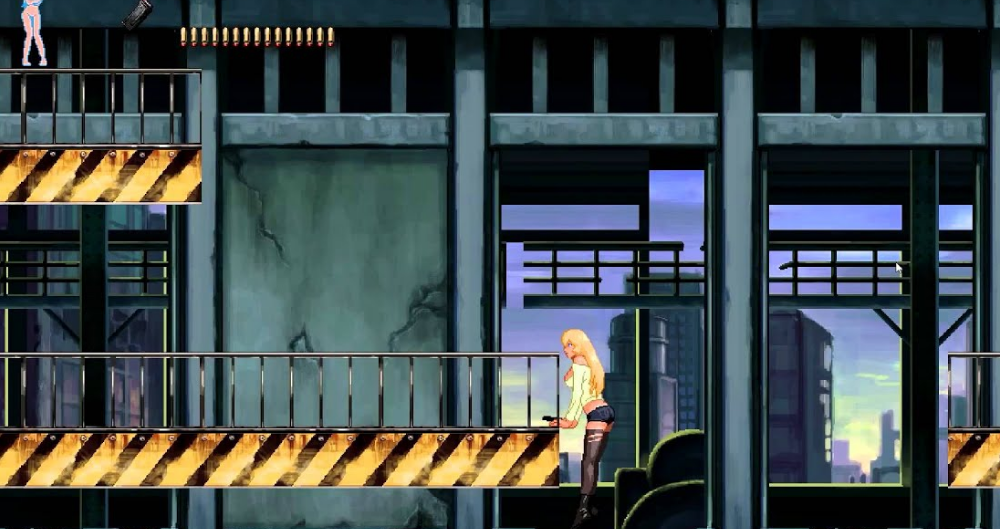

That the modernist story of autonomous, self-centred art as resistance to the filthy world of (everyday) politics does not withstand the test of reality. How to think this obvious short circuit? “Error” here becomes a symptom of change in a reality discourse, which announces that we must start speaking the truth of art differently.

Protest actions, such as Restany’s manifesto Non à la Biennale or the publication of Contrabienal iniciative by the Museo Latinoamericano, made the cracks in the weary and compromised cultural politics of modernism even deeper.

The electrified context of the international art community, whose consequence was the boycott of the 1969 São Paulo Biennial, was a result of the radicalisation of the already dire political situation in Brazil, which deepened with the severely repressive military junta in 1969. The exhibition in fact landed in an extremely “electrified” context, yet, far from the context of bucolic beauty celebrated by Kepes. The exhibition was largely based on the biomorphic qualities of works and Kepes himself described it gracefully as a “celebration of light, warmth, cold, air, electricity, magnetism – the forces that are so ubiquitous around us that we forget to stand in awe of their beauty”. As the leader of the CAVS, Kepes, the artist who systematised his Bauhaus experience at a young age into a modernist teaching methodology, prepared for the American pavilion at the São Paulo Biennial an exhibition that presented works of art anonymously in the experience of a synergic non-authorial system, akin to nature. On the basis of the “failed” exhibition prepared for the 1969 São Paulo Biennial by the MIT Centre of Advanced Visual Studies (CAVS) under the leadership of the eclectic figure of György Kepes, artist, art theorist and teacher, we land in the classic scenery of the Cold War, in which the domains of art and politics are constantly cross-contaminated. São Paulo Documents take us to the heart of the problem of the discontinued history of truth.


 0 kommentar(er)
0 kommentar(er)
